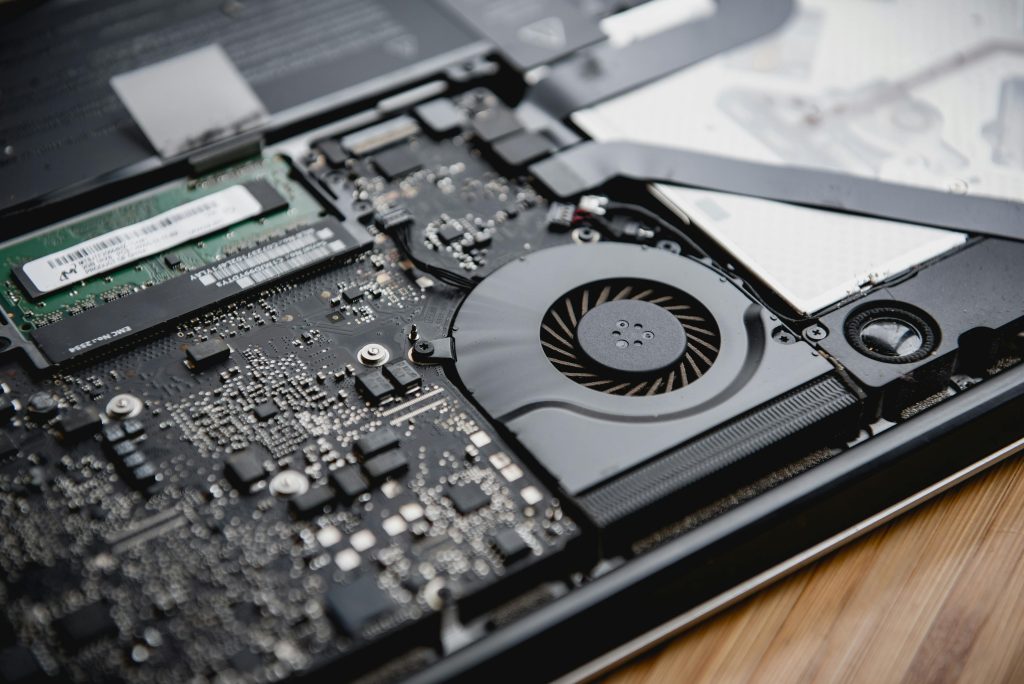Recovering Deleted Files from Your Downloads Folder: Strategies and Tips
Losing important files can be a distressing experience, especially when accidental deletion occurs during routine system cleanup. Recently, I faced such a situation after using PowerShell and AI-assisted commands to free up space on my C: drive. Inadvertently, my entire Downloads folder—which contained numerous essential files—was deleted. If you’re in a similar predicament, read on for insights and potential recovery strategies.
The Incident: Accidentally Deleting the Downloads Folder
While attempting to clean my C: drive, I utilized PowerShell commands advised by ChatGPT to delete temporary folders and unnecessary files. The commands included recursive and force deletion options, which essentially cleared several directories. Unfortunately, I failed to verify which folders these commands targeted, and as a result, my Downloads folder was wiped out.
This folder held a variety of important files, making the loss particularly upsetting. Despite the setback, I was determined to recover them.
Attempts at File Recovery
I turned to multiple data recovery tools to retrieve the deleted files, including:
- Windows File Recovery
- DMDE
- Recuva
- EaseUS Data Recovery Wizard
- PhotoRec
Progress varied across these tools. Most successfully identified files with correct names, sizes, and formats. However, attempting to open these files often resulted in errors—indicating that the data was likely corrupted despite the recovery.
One noteworthy exception was PhotoRec, which initially appeared to recover an entire disk image rather than targeted folders. Interestingly, some recovered JPEG images could be opened and displayed correctly, suggesting that at least parts of the data remained intact. These recovered images included old photos and temporary files, which, although not current, provide some hope that certain files can be salvaged.
Challenges: Data Corruption and Targeted Recovery
Despite these efforts, pinpointing and restoring only the Downloads folder proved difficult. PhotoRec’s disk-wide recovery approach made it unsuitable for selective folder restoration. In contrast, tools like DMDE and Recuva allow specific folder targeting, but they did not yield fully functional files.
Moreover, many recovered files appeared to be zero-filled or corrupted, highlighting the complexity of fully restoring data from overwritten or damaged sectors.
Potential Solutions and Next Steps
While no method guarantees complete recovery, consider the following options:
- Deep Scan with Specialized Software: Continue using reputable recovery tools that support targeted folder recovery. Experiment with different scan settings and
Share this content:



